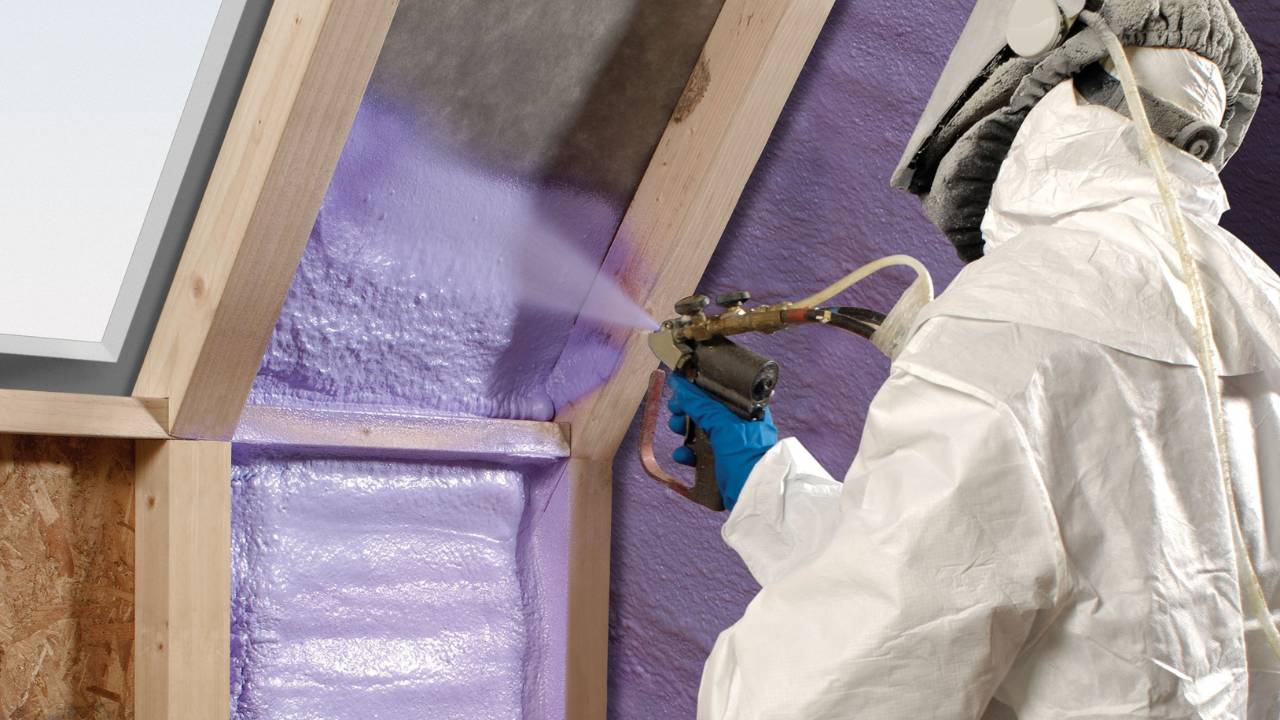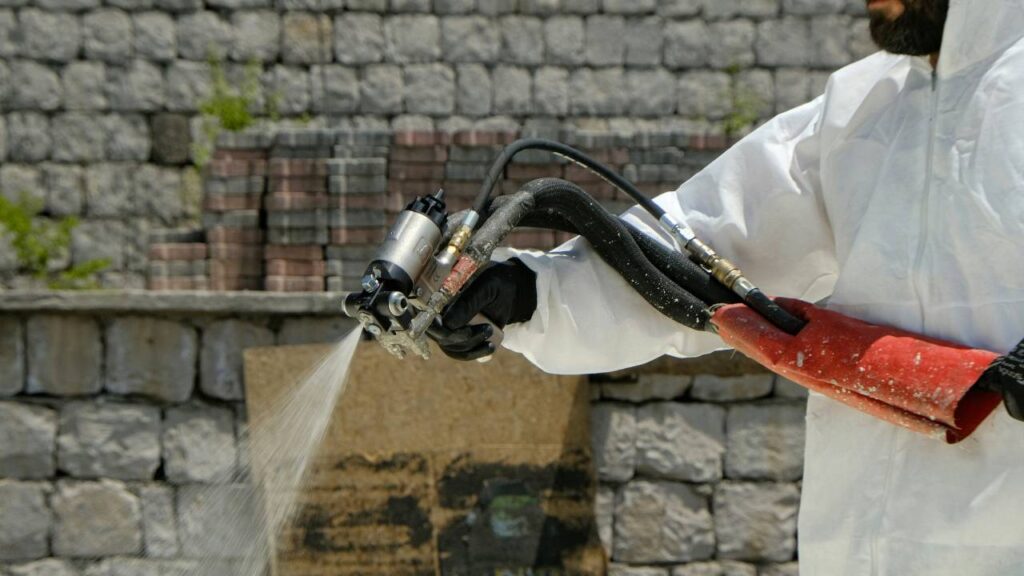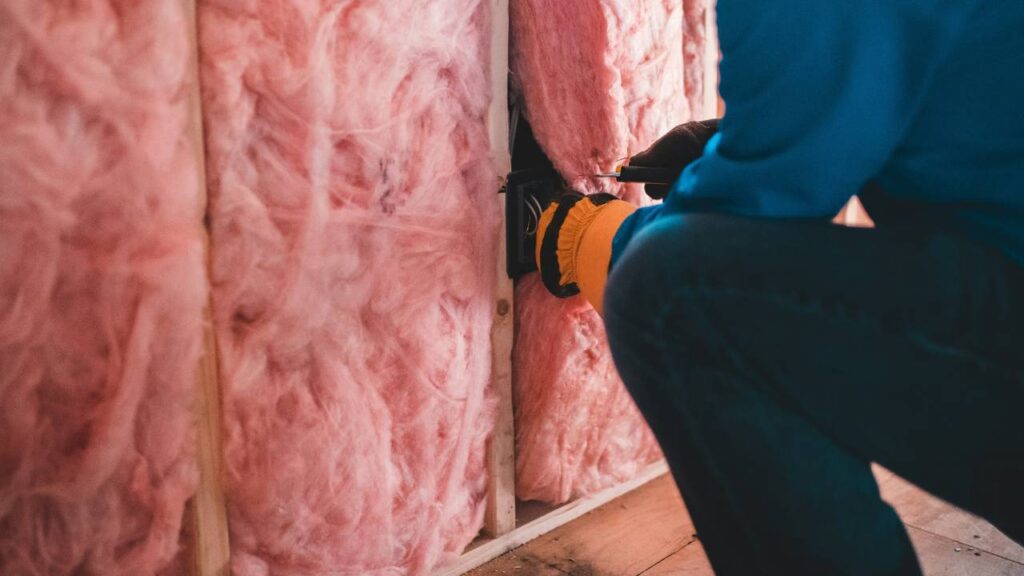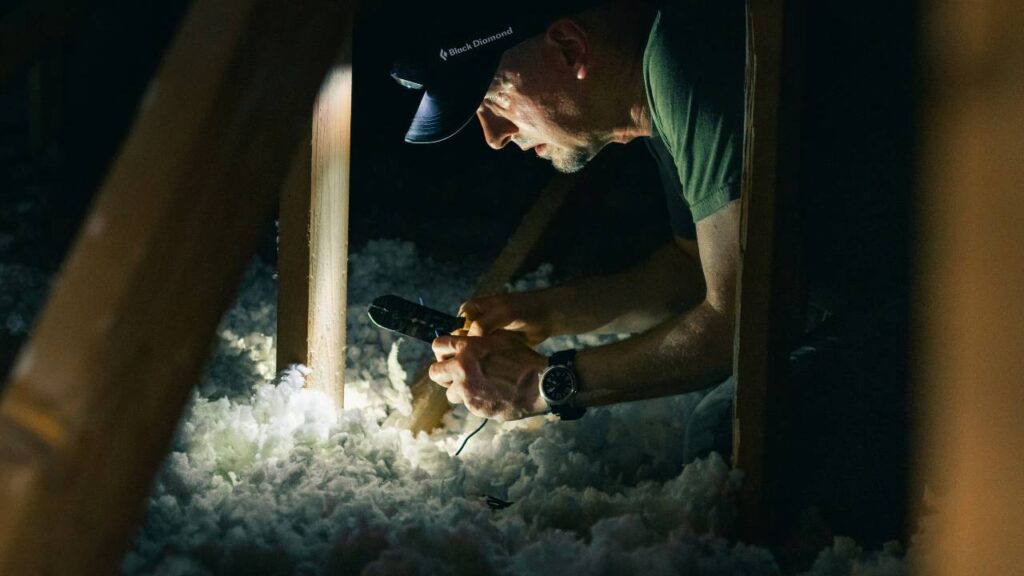
It is impossible to overstate the impact of home insulation. Insulating your house can be one of the most effective ways to enhance your living environment – it’s not just about retaining heat; proper insulation can also help manage your energy costs, reduce noise pollution, and even play a role in protecting the environment. Whether you’re building a new home or improving your current one, understanding the different types of insulation and their applications is crucial.
Determining the best insulation solution for your home involves considering several factors such as the climate you live in, the type of heating and cooling system you have, and the areas of your home that need insulation. Each material has its properties, from thermal performance to environmental impact, and getting to grips with these can impact both the comfort of your home and your wallet.
Moving forward, you’ll come across a range of insulation materials including fibreglass, cellulose, spray foam, and reflective systems, each with their unique advantages. Your choice will depend on a variety of factors such as the specific needs of your space, budget constraints, and personal preferences for sustainable living. Engaging with this guide will provide you with a thorough understanding of how to make informed decisions when it comes to insulating your home.
Understanding Insulation Basics
Before delving into specifics, know that proficient insulation is pivotal for optimising your home’s energy efficiency and ensuring year-round comfort.
What Is Insulation?
Insulation refers to materials used within your building structure that significantly hinder heat loss or gain. Its main role is to provide a barrier between the inside of your home and the outside temperatures. With a proper insulation setup, maintaining a stable indoor environment becomes more feasible, curtailing the strain on your heating and cooling systems.
The Importance of Energy Efficiency
Your home’s energy efficiency is greatly impacted by how well it is insulated. A building with high-quality insulation will require less energy to heat or cool, which means that your heating, ventilation, and air conditioning (HVAC) system won’t need to work as hard. This conservation of energy not only contributes to a reduction in your utility bills but also to the broader effort of diminishing carbon footprints.
Insulation and Comfort Control
Thermal performance, or the ability of your insulation to maintain a consistent interior temperature, is a key aspect of comfort control. Good insulation will minimise the rate of heat transfer, keeping your living space warm during the winter months and cool during the summer ones. The effectiveness of insulation is often measured by its R-value, which indicates the material’s resistance to heat flow. The higher the R-value, the better the insulation’s ability to resist heat travelling through it. Your overall comfort at home can be greatly enhanced by selecting the right insulation with an appropriate R-value.
Insulation Installation and Contractors

When choosing an installation service or deciding to undertake the project yourself, it’s essential to consider the contractor’s experience, the cost implications, and the health and safety measures required.
Choosing the Right Insulation Contractor
Selecting a skilled insulation contractor is crucial for ensuring your home stays energy-efficient and comfortable. Look for contractors with a proven track record, like Usher Insulations Dublin, who have extensive experience and positive customer feedback. Verify their credentials and ensure they are fully insured. Compare quotes to understand the average costs involved, but don’t compromise quality for a lower price. Remember, a professional installation can save you money on energy bills in the long term.
DIY Insulation Tips
If you’re inclined to install insulation yourself, it’s vital to first educate yourself on the different types of insulation suitable for your space. Watch instructional videos and read up-to-date manuals to get a clear understanding. Gather all necessary tools and protective gear, such as gloves and goggles, to safeguard your health while installing. Be precise with measurements to avoid gaps and remember that some areas might be better handled by professionals due to complexity or safety concerns.
Health and Safety Considerations
Prioritise your safety whether you’re hiring a contractor or doing it yourself. Ensure that your chosen contractor adheres to strict safety protocols and actually cares about safeguarding its assets. For DIY installations, wear protective clothing, including gloves and goggles, to prevent irritation from insulation materials. Maintain good ventilation when working indoors to avoid inhaling any harmful substances. Always follow the manufacturer’s guidelines and consult with professionals if you have any concerns about the installation process.
Types of Insulation Materials
When you’re looking to insulate your home, it’s essential to understand the various materials available. Each has its own set of benefits suited for different needs, from thermal insulation to soundproofing.
Fiberglass and Mineral Wool
Fibreglass is a widely used type of insulation made from fine glass fibres. It’s available in blankets or rolls and as loose-fill insulation, which can be blown into spaces. It’s effective at thermal and sound insulation, coming in various R-values to suit your needs. Mineral wool, similar to fibreglass, is derived from molten glass, stone, or industrial slag. It’s known for its high fire resistance and acoustic insulation properties and is available as boards, rolls, or loose-fill.
Cellulose and Foam Options
Cellulose insulation is made from recycled paper products treated with fire retardants. It’s typically blown into cavities in walls or attics, providing a good thermal barrier. Foam insulation includes materials like polystyrene, polyisocyanurate (polyiso), and polyurethane. Spray foam is a popular choice that expands to fill cavities, forming an airtight and moisture-resistant seal. Rigid foam insulation boards are also utilised for their high insulating values and strength.
Innovative Eco-Friendly Options
Eco-friendly insulation materials are growing in popularity as you become more conscious of the environment. These options include sheep’s wool, which is naturally fire-retardant and biodegradable, and cotton insulation, often made from recycled denim. Both provide good thermal performance and are safer to handle than some other materials. Another innovative choice is reflective insulation, which reduces heat transfer by reflecting radiant heat away from your home.
Insulation Applications

When considering how to reduce energy consumption and improve the comfort of your home, selecting the right insulation solutions for various parts of the house is crucial.
Wall Insulation Techniques
Your home’s walls are a significant barrier against the elements, and properly insulating them is paramount. External wall insulation can be applied to the outside of your house, which not only improves thermal performance but also can refresh the property’s exterior appearance. For homes with cavity walls, cavity wall insulation is an effective method where insulating material is injected into the gap between the inner and outer layers of the wall. For homes without cavities, internal wall insulation typically involves rigid foam boards or mineral wool placed on the inner walls, then covered with plasterboard.
Attic and Loft Insulation
The attic or loft is often the prime candidate for insulation as heat rises and can easily escape from an uninsulated roof space. Laying attic insulation between and over the joists can keep your home warmer and cut down on heating bills. Using materials like mineral wool, natural wool, or rigid foam boards can be highly efficient choices for loft insulation.
Basements and Foundations
The lower levels of your house can be a source of cold and damp without proper basement insulation. Applying rigid foam board insulation to the basement walls helps to prevent energy loss and protect against moisture. It’s also worth considering the installation of a waterproof membrane for added protection against dampness, ensuring a dry and comfortable living space.
Insulating Floors and Ceilings
Insulating underneath the floors of your home can increase comfort, especially in rooms above unheated spaces like garages. Rigid insulation boards or rolls of mineral wool fitted between the floor joists effectively combat heat loss. Don’t forget the ceiling of your home—it’s just as important to install insulation there, especially if it’s the ceiling of the top floor, to keep the heat from escaping through the roof.
Benefits and Considerations

When selecting insulation solutions, it’s essential to balance short-term costs with long-term gains. From reducing energy bills to improving your home’s carbon footprint, each aspect of insulation yields significant benefits and considerations.
Energy Savings and Lower Bills
Your choice in insulation directly affects your annual energy bills. Proper insulation keeps your home warmer in winter and cooler in summer, which means your heating and cooling systems use less energy. This efficiency translates into energy savings and, consequently, lower utility bills. On average, you could see a reduction in your annual energy costs by up to 15% with effective insulation.
Soundproofing and Moisture Control
Insulation doesn’t just help with temperature control—it’s also key for soundproofing and managing moisture levels in your home. High-quality insulation can reduce noise from outside, giving you a peaceful living environment. Furthermore, it manages moisture by preventing condensation, which can lead to mould growth and damage to your home’s structure. By maintaining a dry and sound-attenuated space, your living comfort is significantly enhanced.
Environmental Impact and Sustainability
By reducing your need for energy, insulation also lowers your carbon footprint. This reduced environmental impact is pivotal in the global push for sustainability. Sustainable insulation materials, such as those made from recycled or renewable resources, not only conserve natural resources but also minimise waste. In choosing eco-friendly insulation, you’re not just saving money—you’re also protecting the planet for future generations.